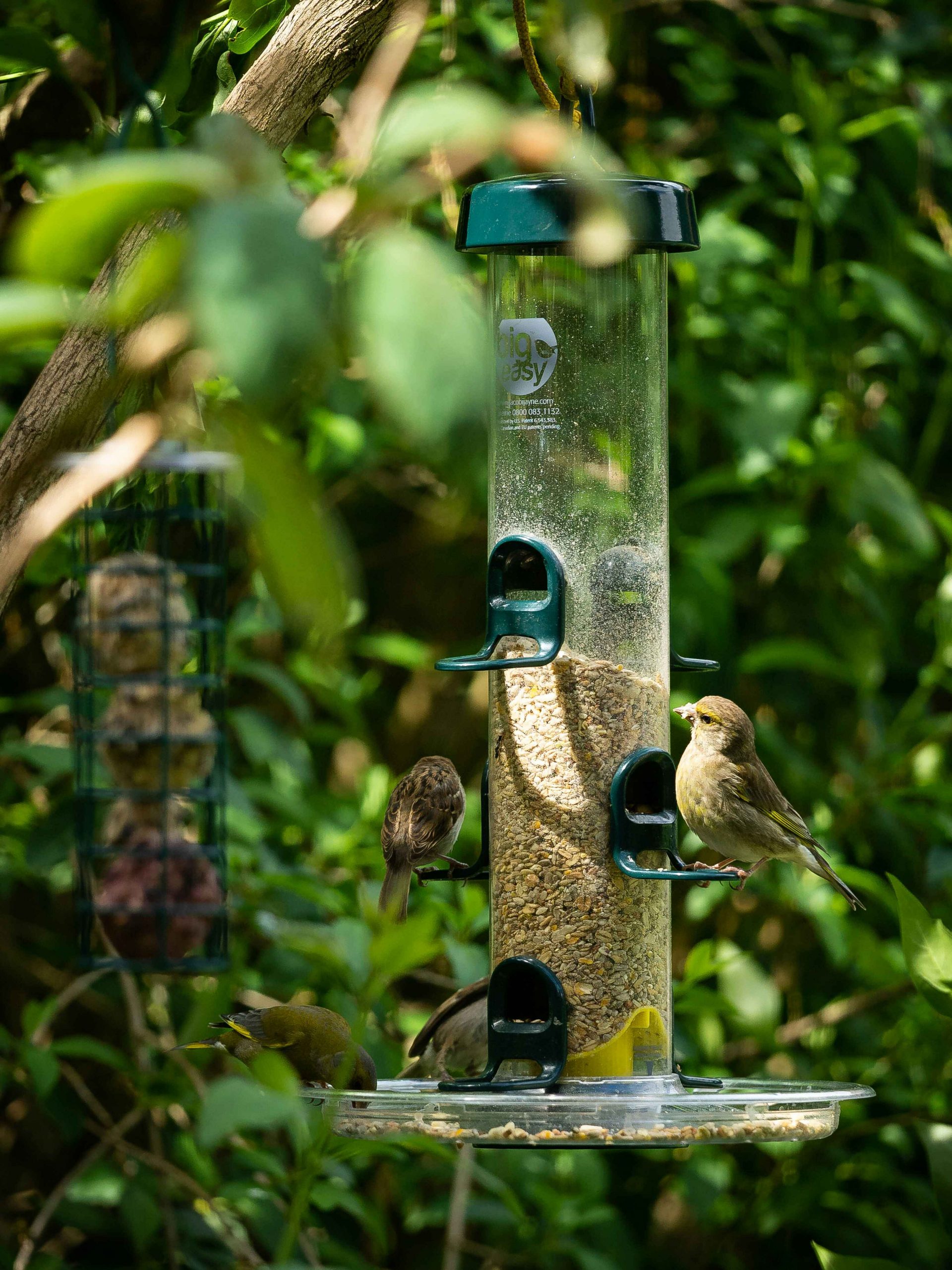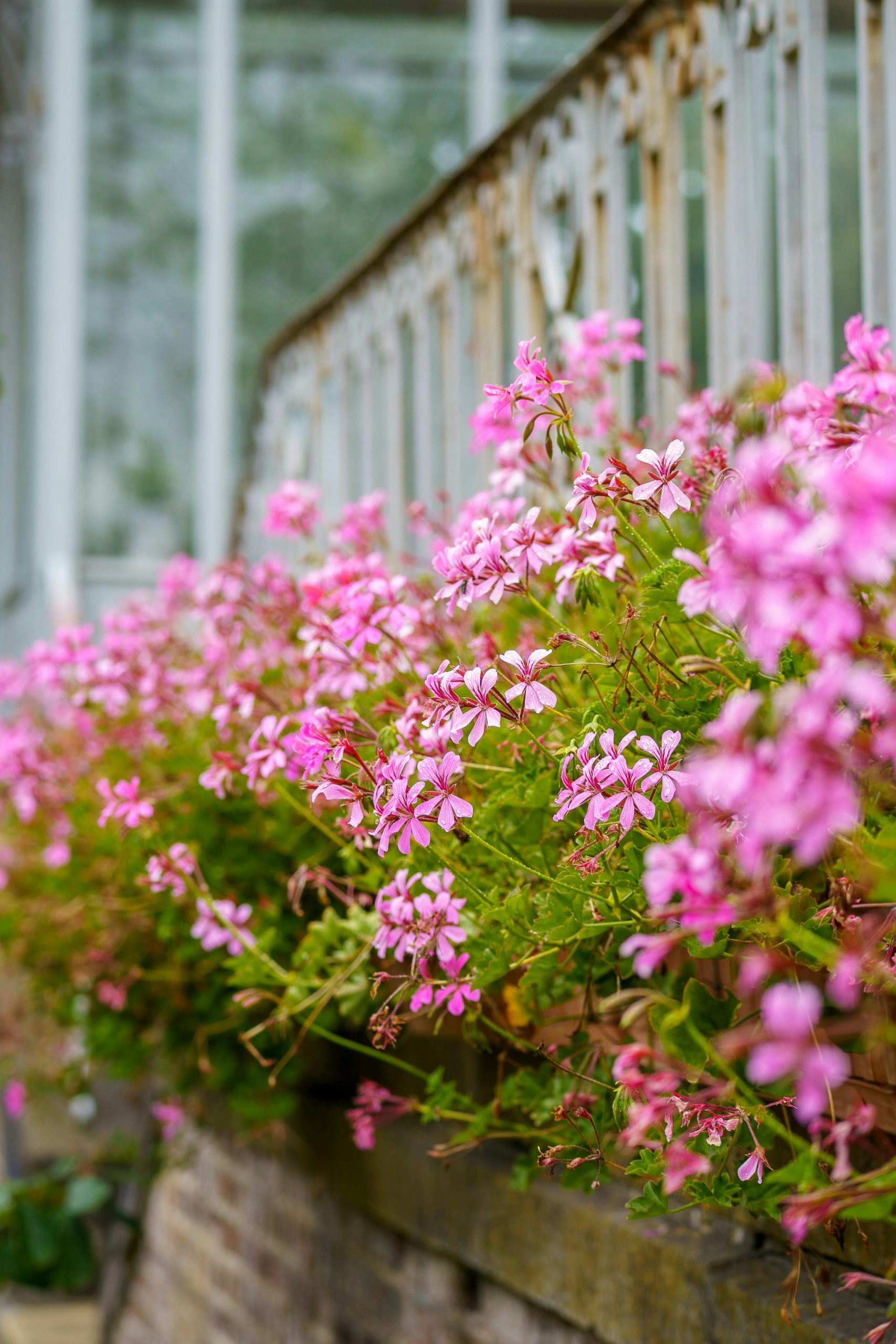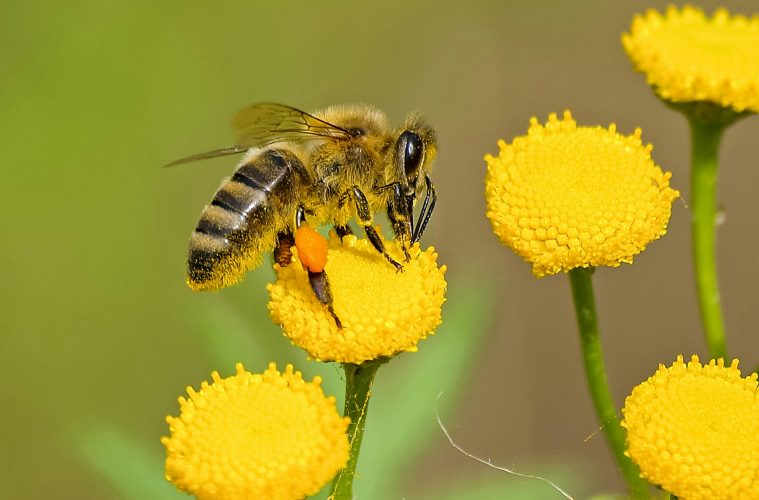Spring has arrived, and with it comes a new opportunity to help the wildlife in your garden. Thankfully, as the weather warms up, there are a few things you can do to get your garden ready for the spring wildlife.
Plant pollinator-friendly plants
You can never go wrong with choosing the right plants in your garden for attracting wildlife. Inviting pollinators into your garden is always a good way to help the local wildlife. Many insects feed on nectar from the flowers in your garden, and when they travel around the garden, they carry the pollen to other plants, allowing them to bear fruit or set seeds. As a bonus, most of these pollinators are some of our most beautiful insects in the garden, offering an added visual aspect to the garden.
Feed the birds
It’s always a wonderful sight to look out of your window and see birds fluttering around your garden. Creating a bird-friendly garden is an excellent way to attract birds this spring. One of the best strategies is to place multiple bird feeders throughout the garden. To ensure that birds continue to visit, it’s important to keep the feeders clean at all times.

Image Credit: Pexels
Build a wildlife pond
It’s not only important to keep our wildlife well-fed, but watered, too. Having a wildlife pond in your garden can certainly help. If you’re looking to attract more birds into your garden this spring, ponds are a great way to do it. Creatures such as newts, frogs and dragonflies will also appreciate the gesture. Even the smallest of ponds is a valuable gesture.
Create spring flower borders
Plan your spring garden by planting colourful cover plants and flowers in and around your garden. From primroses, to daffodils and forget-me-nots. When they bloom mid to late spring, they will bloom in blissful, bright colours in your garden. Focus on plants that will attract pollinators so that both flowers and pollinators flourish in your garden. This is one of the easiest ways to get your garden spring-ready.

Image Credit: Pexels
ALSO SEE: DISCOVER WHY DANDELIONS ARE ESSENTIAL FOR A THRIVING GARDEN
Feature Image: Pexels

